What the Soviet Union was really like
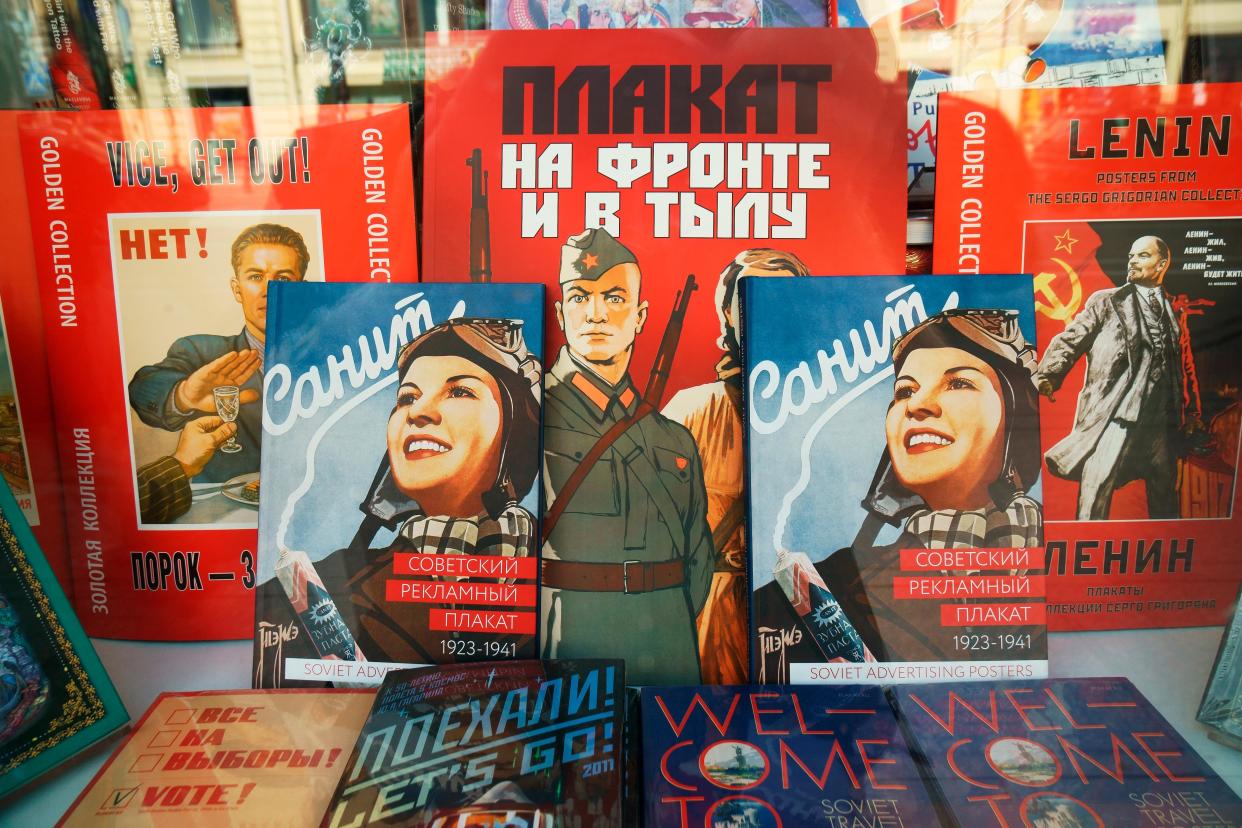
With the eyes of the world on Russia, Marcel Theroux recalls 25 bittersweet memories of the old Red Empire.
In the summer of 1990, I was travelling through the Soviet Union collecting information intended for a guidebook. Though no-one realised it at the time, the days of the USSR were numbered and the guidebook never found its way into print. The current Russian president, Vladimir Putin, has declared his deep regret at the break-up of the Soviet Union. I don't feel the same way; but here, in no particular order, are 25 things that in some way capture the strangeness of that vanished place and time.
1. Back in the USSR
Arrival in the USSR was charged with a strange frisson from the moment you stepped off the plane. The unsmiling passport inspectors in their strangely-lit booths scrutinizing your documents were a reminder that you were crossing the front-line of the Cold War, into a nuclear-armed country that was ostensibly devoted to promulgating the gospel of Marx and Lenin.

2. Papirosy
The arrivals lounges of Soviet airports had a distinct smell: the strong cardboard tipped cigarettes, papirosy, that were smoked everywhere. It turned out that no-one actually liked them: they were abandoned wholesale as soon as western cigarettes became available.
3. The black market
The failure of the command economy meant that consumer goods from the West were coveted by many Russians. Visitors from Finland to St Petersburg used to cover the cost of a weekend-long drinking binge by selling a pair of jeans. I sold a pair of Bo Jackson crosstrainers to a man who really wanted the jacket I was wearing from a US clothing catalogue and which he had spotted from about 100 yards. "L L Bean!" was his memorable opening salutation. "I am cracked for L L Bean!"

4. Soviet cars
Ah, for the Lada, the Zil, the Volga! These clunky machines were hard to buy and inefficient, but their boxy shapes evoke the Soviet Union and still inspire vintage car enthusiasts in Russia.
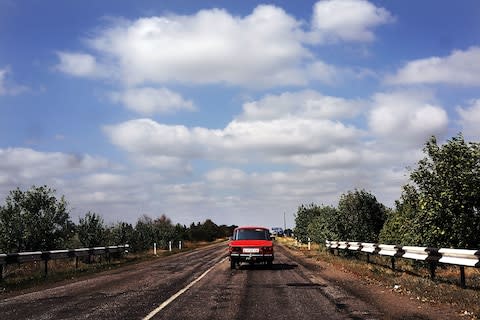
5. The Moskva Pool
Steam from the world's largest open-air swimming pool rising into a chilly sky is an enduring memory of the USSR. The pool had a strange history: it was made in the foundations of what was intended to be the world's tallest building, the House of the Soviets. After the USSR broke up, it was filled in and became the site of the Cathedral of Christ the Saviour, where the infamous Pussy Riot protest took place.

6. Beryozki
Meaning, "little birch tree", a Beryozka was a special shop, open only to foreigners and to Soviet citizens who had hard currency to spend. While ordinary shops were bare of goods, the Beryozki were a weird cornucopia of caviar, Toblerone and VHS tapes.
7. Vladimir Vysotsky
The handsome actor and gravel-voiced troubadour died at 42 in 1980. His songs, on pirated cassettes, were the ubiquitous musicial accompaniment to life in the the old USSR. A lazy but not totally inaccurate parallel would be Bob Dylan.

8. Socialist realist novels
I read an entire volume of Mikhail Sholokhov's Virgin Soil Upturned before realising that it was the second in a series. I found myself strangely gripped by the exploits of a heroic collective farm worker in the Don region.
9. Homemade solutions
The lack of consumer products inspired extraordinary resourcefulness among Soviet citizens: television aerials made out of forks, a bath-plug made out of a boot heel, a road sign recycled as a shovel.
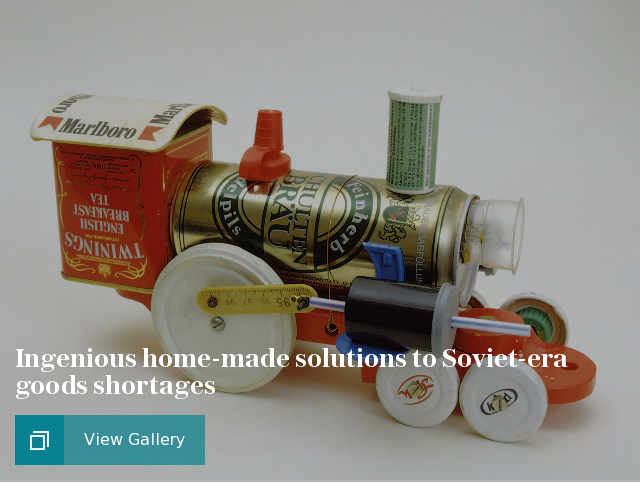
10. Video games
Yes, incredibly, the USSR had its own video games: clunky, largely war or ice-hockey themed, they did not do much to rival Atari, but they had their own charm. Fortunately, some are preserved in the two branches of the Museum of Soviet Arcade Machines in Moscow and St Petersburg.
11. Myopic fellow travellers
Right up to the very collapse of the USSR, you would still encounter monocular foreign defenders of the Soviet system, making their way around what they still believed, against all the evidence of their senses, to be a worker's paradise.
12. Zurab Tsereteli
Mr Tsereteli's ludicrous and enormous sculptures have sprung up in the years following the end of the USSR. I miss the empty spaces they now occupy.

13. Propaganda posters
Part of the compelling aesthetic of the USSR was the absence of consumer advertising. Instead, huge posters celebrated the towering intellects of Marx, Engels, and Lenin; the victories of the Red Army; and the achievements of whichever five-year plan we were supposed to be in.
14. Badges
For some mystifying reason, there was a whole cult of badge sharing and swapping in the Soviet Union. There was a certain predictability about it. Whatever you gave someone — a Ramones badge or a Scottish flag or something you picked up from the Happy Eater — in return, you would almost certainly get Lenin.
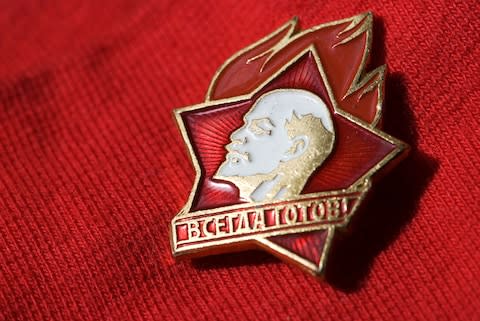
15. Georgian food
Food in the former Soviet Union today is delicious and unrecognisable from the mystery meat cutlets and buckwheat that visitors used to be served. But one bright spot in the old days were the Georgian restaurants where wine, aubergine, fried chicken and cheese pasties were like a dream of plenty.
16. Uniforms
The ubiquity of military uniforms was a constant reminder that you were in the hostile territory of a heavily armed country that regarded you as the decadent bourgeois excrescence of a corrupt and doomed economic system.

17. Dezhurnaya
Stationed at a desk on each floor of a hotel, the dezhurnaya, who was always female, kept an eye on guests, maintained order and was the person you had to speak to get soap, toilet paper, a bath plug, or book an international call. Somehow, she was always icy to begin with and then cracked to show an unexpected warmth that made you wonder what this whole Cold War was all about, anyway.
18. Samizdat
Meaning "self-published", this was the term for painstakingly copied works of dissident literature that were circulated among the heartwarmingly large circle of people who cared about books. The Soviet Union's great respect for writers was expressed paradoxically in the efforts it took to crush them.
A photo posted by alina_mcd (@mcd604) on Jul 27, 2016 at 3:41am PDT
19. Kremlinology
The incomprehensibilty of the USSR's political arrangements to people in the West was typified by the practice of trying to determine who was in or out of power by seeing where senior party members [see below] were standing for the May Day parade in Red Square.
20. Young pioneers
With their white shirts and little red kerchiefs, the Young Pioneers were the USSR's youth movement. It was here that young citizens got their first taste of Soviet ideology and were introduced to exemplary children like Pavlik Morozov — murdered by his own family because he informed on them to the secret police.

21. Party members
The elite of the Soviet Union were all members of the Communist Party. Driving the best Soviet cars, holidaying in the most desirable Black Sea resorts, they enjoyed privileges that seem modest beside those of today's Russian elite.
22. Seat belts
"Ne nado," would be the first thing a taxi driver said to you when you took your seat and reached for the seat belt. "You don't need it." It was considered a kind of derogatory statement about your driver's competence to wear one. This attitude has, happily, vanished.
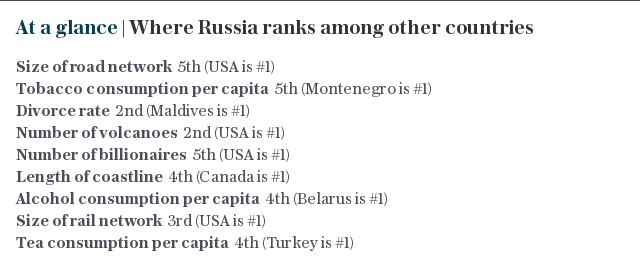
23. Lectures on the iniquities of capitalism
Now and again you might encounter a party member (see above) who felt the need to press upon you the superiority of the Soviet way of life. Unemployment, racism, apartheid, the plight of the coal miners were all used to predict the imminent collapse of capitalism and triumph of Marxism. You still hear similiar speeches, but not in the former Soviet Union.
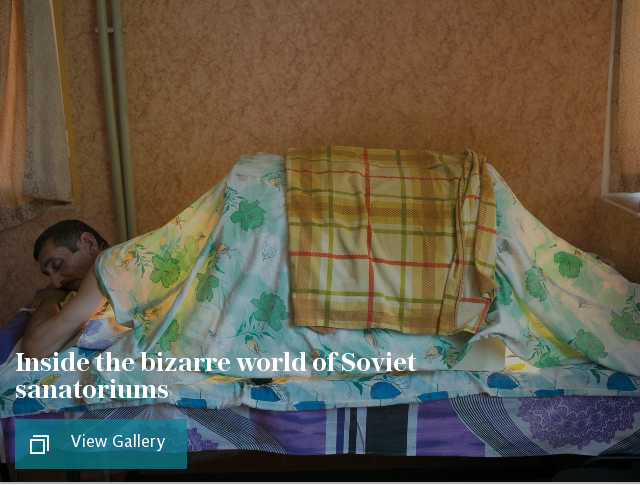
24. Houses of culture
There was a gallant and idealistic desire that everyone in the former Soviet Union should be able to share the pleasures of high culture. Even tiny provincial towns had a subsidized Dom Kultury to spread improving culture among the citizenry and - presumably - discourage drinking.
25. Night trains
The impenetrability of Soviet life was temporarily suspended on long railway journeys. Suddenly, you had access to private life of ordinary Soviet people, snoring, drinking tea, padding up and down train corridors and occasionally lecturing you on the superiority of their country (see above).


